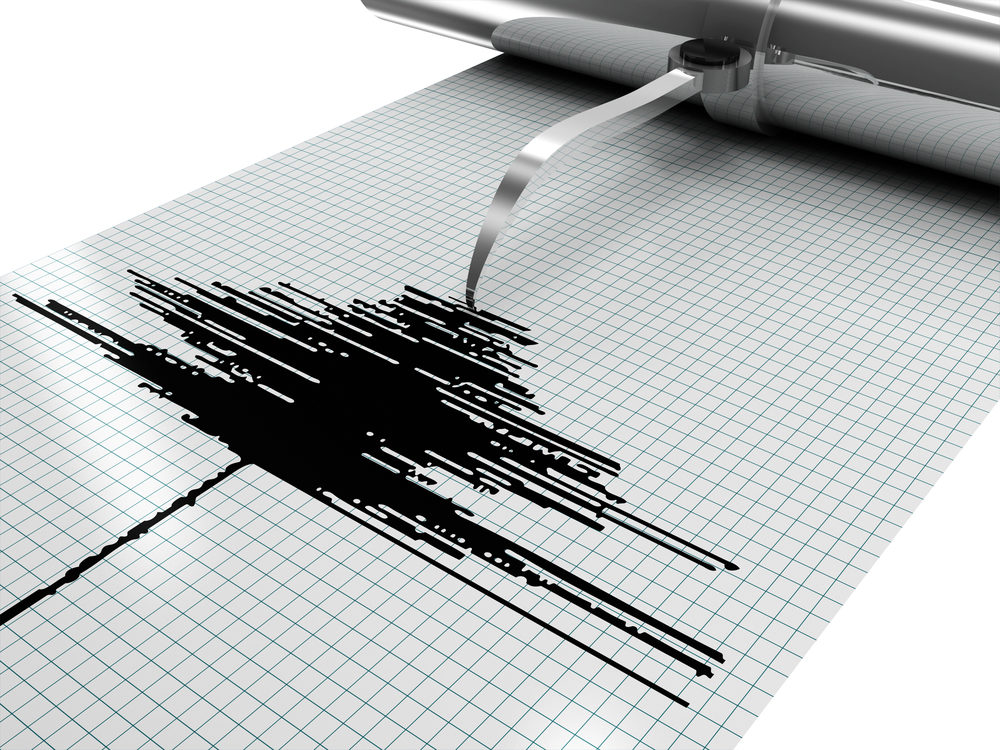Oklahoma Supreme Court Clears Way For Fracking Earthquake Damage Lawsuits

A lawsuit over injuries and damages allegedly resulting from earthquakes caused by high pressure waste water wells used to dispose of hydraulic fracturing and other oil and gas operation fluids will move forward, following a recent ruling by the Oklahoma Supreme Court.
In a unanimous decision issued in a June 30, the Oklahoma Supreme Court remanded a lawsuit brought by Sandra Ladra back to district court, clearing the way for the complaint against New Dominion LLC and Spess Oil Co. to move forward.
Ladra claims that she was injured during a November 2011 earthquake, which was allegedly caused by a high-pressure injection well. Such wells are used for both hydraulic fracturing operations to extract gas, and as wastewater disposal wells.

Did You Know?
Millions of Philips CPAP Machines Recalled
Philips DreamStation, CPAP and BiPAP machines sold in recent years may pose a risk of cancer, lung damage and other injuries.
Learn MoreRecent research has linked fracking wells to an unprecedented increase in powerful earthquakes across the South and Midwest. U.S. government geologists now say that Oklahoma suffers more earthquakes than California, due entirely to hydraulic fracturing and oil and gas wastewater disposal wells.
Ladra first attempted to sue the companies in district court, but the companies filed a motion to dismiss, arguing that the case should be decided by the Oklahoma Corporation Commission (OCC), which is seen as highly favoring oil and gas industry in that state. The case made its way to the highest court in the state, which shot down the industry’s attempt to bar the fracking lawsuit.
“Allowing district courts to have jurisdiction in these types of private matters does not exert inappropriate ‘oversight and control’ over the OCC, as argued by the Appellees,” the high court ruled. “Rather, it conforms to the long-held rule that district courts have exclusive jurisdiction over private tort actions when regulated oil and gas operations are at issue.”
The ruling not only clears the way for Ladra’s lawsuit, but also likely clears the way for a potential class action lawsuit filed by Jennifer L. Cooper, who is suing the same two companies for property damage arising from earthquakes in the same area of Oklahoma.
As a result of the concerns about fracking earthquakes, the OCC and the state’s own geological survey are considering regulations that could significantly reduce the volume of water pumped into the state’s 3,000 injection wells.
Last year, Oklahoma had 585 earthquakes with a magnitude of 3.0 or greater, which many link to fracking oil and gas extraction and wastewater injection wells used to get rid of fracking fluids.
Those shakes have included earthquakes exceeding 5.0 on the Richter Scale, which caused significant damage, according to a February report by the U.S. Geological Survey (USGS).
The study came just a month after a similar report was published in the Bulletin of the Seismological Society of America, which reported that 77 earthquakes likely linked to fracking operations shook the area around Poland Township in Ohio in just a week’s time in March 2014.
Hydraulic fracturing is a controversial gas extraction process, where a mixture of water, sand and fluids that the gas industry has fought to keep secret is injected into the ground at extremely high pressure, cracking shale deposits and freeing trapped natural gas, which can then be removed. Those fluids are then sucked from the ground and often disposed of in wastewater wells.
Researchers have noted a dramatic increase in the number of earthquakes in the central and eastern United States over the past few years. Those earthquakes have coincided with hydraulic fracturing and wastewater disposal wells, particularly in Arkansas, Colorado, Ohio, Oklahoma, and Texas, according to studies.
From 1967 to 2000, there were an average of 21 earthquakes per year above magnitude 3.0. From 2010 to 2012, as hydraulic fracturing took off, so did the number of earthquakes of magnitude 3.0 or higher, with an average of 100 per year, according to the USGS.
Fracking earthquakes can not only happen miles away from the wells, threatening human life, but they can also threaten vital structures such as dams and nuclear power plants, scientists warn.
Fracking Health Concerns
Environmentalists, a number of lawmakers, local communities and consumer advocacy groups have expressed concerns for years that hydrofracking presents a threat to groundwater supplies and the environment.
Last month, the U.S. Environmental Protection Agency (EPA) confirmed that some hydraulic fracturing has resulted in polluted water supplies. However, the agency noted that the problem was not yet widespread. It also noted that it lacked sufficient evidence to truly understand how widespread the problem may be.
The state of New York decided to ban some hydraulic fracturing late last year, after a state study found questions and concerns regarding the safety of large-scale extraction wells.
State officials said that a six-year study’s findings indicate dozens of significant potential adverse impacts, and found that the risks of high-volume hydraulic fracturing outweigh any potential economic benefits. That ban is expected to be expanded following a final version of that report released this Spring.
Last year, a Texas jury awarded $2.9 million in damages to a family who sued a hydraulic fracturing company for being a public nuisance. According to allegations raised in a fracking lawsuit filed by the Parr family, nearly two dozen wells near their property caused a private nuisance, exposing them to toxic chemicals that damaged their health and lowered property value.
Get more articles like this sent directly to your inbox.
"*" indicates required fields





0 Comments